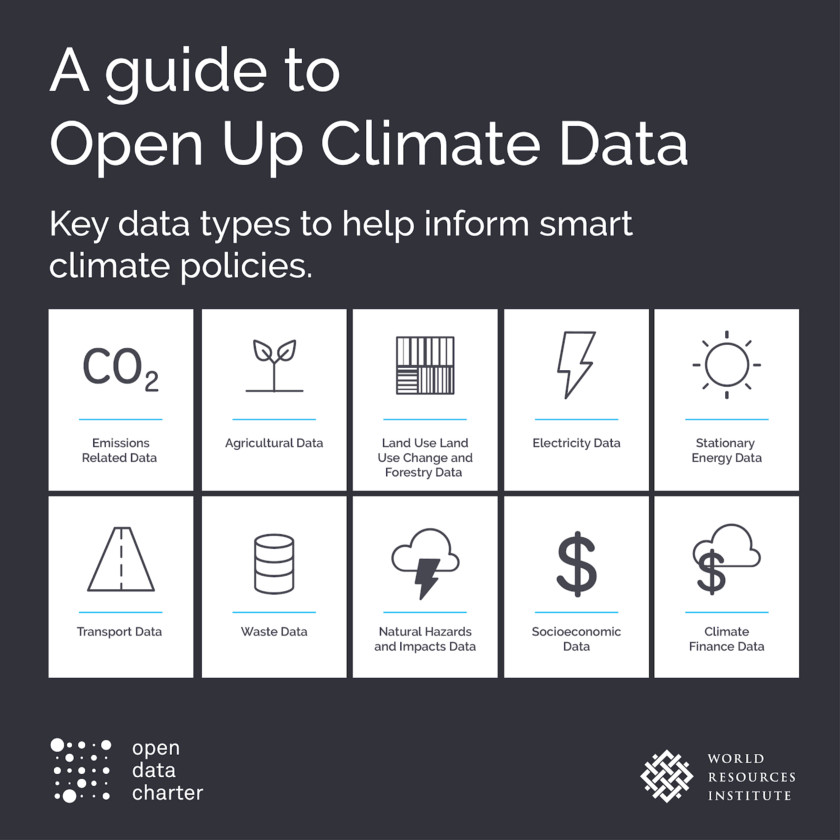
Humans have been interested in weather prediction for several millennia. This interest goes back at least until the Babylonian civilization, when meteorological predictions were already made based on astrology and the clouds patterns. However, it was in the early twentieth century when decisive progress was made thanks to the understanding of physical laws that govern climate and predictions based on numerical models. From that moment on, mathematical models constructed from data collected by weather stations are still the basis of current weather prediction forms.
In the last decade, important advances have been made in the accuracy of short-term predictions of weather conditions in increasingly local environments. These improvements come largely from the ability to collect and process more and better data in real time with autonomous weather stations, to the important advances in data processing capacity thanks to cloud computing and the advances in data science and big data techniques. And, as we know, artificial intelligence and predictive models are better when higher is data quality.
The opening of climatic data
From the second half of the nineteenth century, states began to establish national meteorological services, in charge of the collection, generation, verification, interpretation and application of climate data. The first one was in United Kingdom in 1854 (now Met Office) and the Spanish Meteorological Agency (AEMET) is heiress of the service founded in 1887.
According to the Open Data Charter, nowadays almost all countries have a network of weather stations to collect local weather data, but there are important differences in their capabilities. For example, in some countries there is a network of high-density automated weather stations and measurement files that include long time series and local weather models. In other countries, however, a limited number of weather stations that are, in general, manually managed, with irregularly stored data, are available.
In any case, the value of the data collected and the models developed by these agencies is enormous for critical decision making in many industries. Therefore, its consideration as public sector information and its release as open data has been limited by important economic interests. The open data community is playing a very important role in making these data available to the public in the least restrictive conditions possible.
In general, meteorological data are usually available for reuse under license, with some data sets available with free access and other data sets only available for commercial use. Meteorological data sharing depends to a large extent on local policies for access and data sharing. The Open Data Charter still recognizes that there are difficulties for data sharing, because in many countries local meteorological observations are considered a commercial or strategic asset.
In Spain, the Aemet OpenData service allows two types of access: general access consisting of a graphical access for general public and Aemet OpenData API, designed for periodic or scheduled interactions with applications that require the available data sets. Both allow access to the same data catalog in reusable formats.
The reuse of climate data
Weather forecasts are of high importance in many industries, but are also useful for the general public. Therefore, the communication of these predictions also has a long tradition in formats that are not only data and models. Already in 1861 the first daily weather predictions were published in the British newspaper “The Times” and in 1936 the BBC experimentally broadcast the world's first televised weather predictions, including the use of weather maps. While these ways of communicating the predictions to the general public continue today, if there is an application that we could find in almost all smartphones in the world, it is the weather forecast app.
Pew Research, in its report “Americans’ Views on Open Government Data” 2015, already showed the widespread use of weather information apps, publishing that at least 84% of Americans with a smartphone had used them to consult the local weather forecast. Since these applications use data from the national meteorological service of the United States Government, the report concludes that, although unaware, 84% of Americans with a smartphone use regularly open public data.
The importance of climate-related data sets prepared by national meteorological services is reflected in the fact that they tend to be one of the data sets that international open data indices consider key in their different measurement methodologies. For example, the Global Open Data Index (GODI) prepared by the Open Knowledge Foundation considers meteorological predictions as one of the 15 data sets that it includes in its measurement, at the same level as national statistics or commercial register data. In the 2016 edition, this data set was the ninth with the best score, 35% in the average opening metric.

The OURData Index, prepared by the OECD, uses 9 data sets to analyse the situation of open data in the 28 OECD countries and one of them is meteorological information.
The value generated by the reuse of meteorological data is extraordinary in areas as diverse as air traffic control, the precision agricultural and forestry industry or maritime navigation. One of the most obvious demonstrations is in the purchase of the company The Climate Corporation by Monsanto in 2009, which amounted to more than 900 million dollars the value created from open data mainly related to geology and meteorology.
Meteorological data is also one of the key data sets in initiatives to combat climate change and the design of sustainable environmental policies. Therefore, they are present as fundamental assets in initiatives such as the “Open Up Climate Data: Using Open Data to Advance Climate Action” by the World Resources Institute and the Open Data Charter, the challenge “Data for climate action” by Nations United or the Copernicus Climate Change Service (C3S) by the European Commission.

But, the high transversality of the meteorological data means that the most surprising uses are still beginning to develop, from forensic meteorology to help the resolution of crimes, to the prevention of asthma attacks or the improvement of marketing actions from the relationship between the weather and consumer behaviours. The development of open data policies as restrictive as possible that put meteorological data in the hands of innovators and researchers is essential so that these and many other applications can see the light.
Content prepared by Jose Luis Marín, Head of Corporate Technology Startegy en MADISON MK and Euroalert CEO.
Contents and points of view expressed in this publication are the exclusive responsibility of its author.